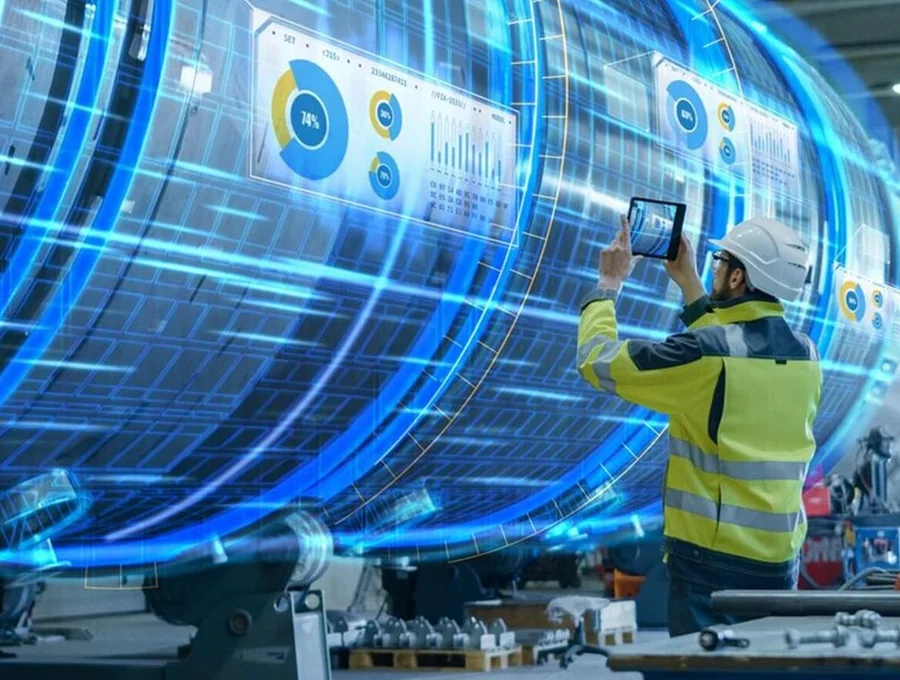A report from Hexagon shows 77% of leaders see emissions reductions from the use of digital twins, reducing on average 15% of carbon emissions.
Data is the driving force behind many sustainability efforts, giving insights on where problems lie and what improvements could be made.
Digital twins are becoming more important for sustainability efforts across industries through making sense of data.
Hexagon reports that 77% of leaders surveyed see emissions reductions from using digital twins and 38% see significant reductions.
It says the average reduction in emissions from this technology is 15%, and eight out of 10 organisations say their digital twin is helping this.
Those without a digital twin underestimate their impact, with less than one in five expecting digital twins to significantly cut emissions and 25% saying they don’t believe digital twins can deliver any carbon reductions.
“At the core of our sustainability strategy, we believe in empowering industry through our solutions to accelerate change, coupled with our commitment to create change across our operations,” says Paolo Guglielmini, President and CEO at Hexagon.
“We envision a future where data is fully leveraged so that business, industry and humanity thrive responsibly.”
What is a digital twin?
A digital twin is a virtual representation of a real-world object, system or process that accurately reflects its counterpart.
They use real-time and historical data to reflect past and present states and simulate potential futures.
Digital twins rely on sensors collecting real-time data, integration of this data into a model and machine learning and AI to analyse the data.
Hexagon reports that 80% of leaders say AI is making them more interested in digital twin technologies.
Johannes Maunz, Vice President of AI at Hexagon, says: “By leveraging metadata and language models, we can ensure users get access to the exact information they need at that point in time.
“Easing access is almost as important as having access to the data in the first place.
“The most attractive digital twins are making use of LLMs to let people on-site or in the field access data in an easier form.”
They can be used to simulate scenarios, predict outcomes, identify operational bottlenecks and optimise processes.
The concept has roots in NASA’s space exploration missions of the 1960s, with the space agency first using the term digital twin in 2010.
How can digital twins support sustainability?
Digital twins can help to improve energy efficiency in systems or processes through analysing energy consumption patterns and testing different scenarios.
A report from EY found that digital twins can help to reduce GHG emissions of existing buildings by up to 50% alongside cost savings of 35%.
Similarly, digital twins can optimise use of materials and water to reduce environmental impact.
They can also enhance circular economy practises through improving recycling optimisation and product lifecycle management.
Digital twins exceeding expectations
Hexagon’s report shows that digital twins exceed leaders’ expectations, not just in sustainability but across the board.
While only 19% of leaders without digital twins expect them to increase collaboration, 44% with digital twins report that they see this benefit. That’s a 25% difference.
“At Hexagon, our largest contribution to reducing emissions is via our solutions, which empower our customers to behave efficiently, safely and effectively,” says Eva Carranza, Head of Sustainability at Hexagon.
Proactive problem solving and increased reliability beat expectations by 19% and 18% respectively and prolonging the life of an object or system exceeded assumptions by 16%.



